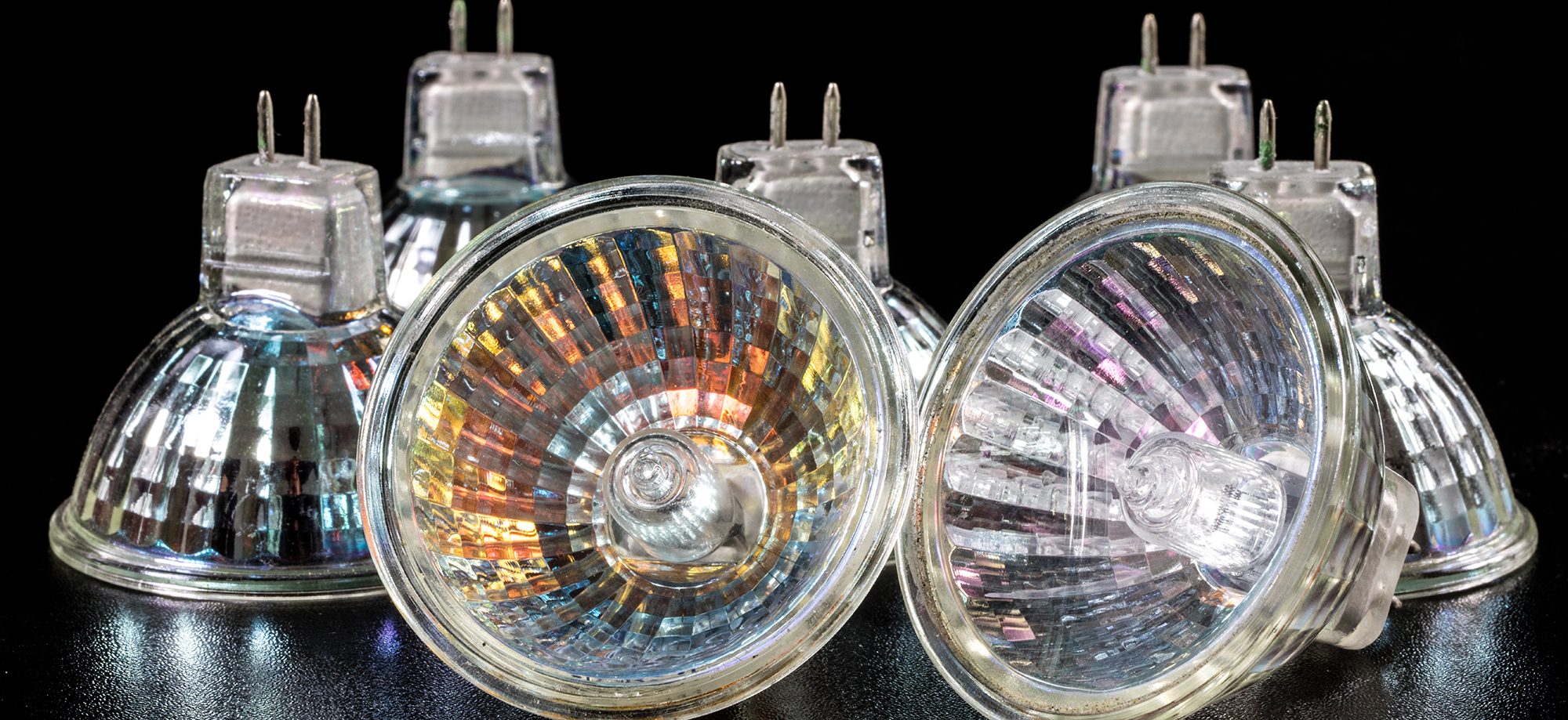
Top 4 electricity myths that will shock you
“Watt” are the most the most revolting electricity myths?
Since Benjamin Franklin’s bright idea, many other people have created not only electricity experiments but also electricity myths. For your information and safety, we’ve put together some of the most popular myths about this revolutionary form of energy. So forget what you “heard”, sit back and keep reading!
The truth is that everyone uses electricity but few people really understand it. In our life, we come across different stories, experiments, good or bad jokes related to energy. However, when it comes to our personal safety, it’s highly important to separate myth from reality and act responsibly.
Therefore, we’ll debunk some powerful myths that have been around for quite a while now. You may feel a little shock first…
Myth 1: House appliances won’t use energy while switched off
Everyone knows the drill: turn it on, use it and then turn it off. Right?
Wrong! Anything from a washing machine, microwave or a phone charger is still drawing energy even when switched off! In fact, as long as you don’t unplug it completely, this standby power will continue to cost you.
Now you’re probably telling yourself that, at the end of the day, it won’t really make a difference. However, if you go through every room in your house and count the appliances currently plugged in – turned on, off or on standby mode – you’ll see how quickly it can add up. Generally, the average Australian home contains around 40 products constantly drawing power. But is it a significant amount? Is it worth your energy to switch them on and off at the power source every time?
Actually, these “sleeping” devices may account for as much as 10% of your household’s energy use. And while we like to think that products are becoming more energy efficient, the reality is we’re just buying more pieces of technology that need to be plugged in. For example, the average LCDTV draws 2.3WHr on standby, not to mention your wireless modem which consumes up to 10WHr. Is that a waste of energy or “watt”?
Myth 2: Light bulbs don’t use much electricity
You might think your halogen downlights are cheap to buy and use a decent amount of energy if rarely used. And if it’s a vacation home we’re talking about, you might think it’s worth keeping them. I’d say…let’s think things through.
First of all, regular light bulbs may be using less energy than most house appliances but definitely much more compared to LED lights. So should you upgrade your globes right away?
A short trip to the hardware isle of your local shop will cause you more confusion. While there is a large variety of light bulbs to choose from, you should always do the math first. For instance, a 9W LED can emit the same amount of light as a 100W incandescent; or, a LED can last up to 50,000 hours compared to the same incandescent bulb that lasts for about 2000 hours. No need to keep going, isn’t it?
Despite the upfront cost, LEDs are extremely efficient and long-lasting, making them a natural choice for energy-conscious consumers. And if you switch to long-term thinking, than it’s definitely worth the investment.
Myth 3: Regular rubber gloves and rubber-soled shoes are good insulators
Are rubber gloves or shoes safe enough to perform minimal DIY electric work? The answer is: only if they are made of 100% rubber, which (often) aren’t! Quite shocking, isn’t it?
Nowadays, in order to make these gloves and shoes more comfortable and durable, manufacturers mix in additives that make these “rubber” products good conductors rather than insulators. They’re probably getting it all wrong…
So, please, next time you want to perform some DIY electric work, make sure you use safe materials!
Myth 4: Australian domestic carbon footprint is insignificant compared to the industrial one
It’s been known for ages: industries use far more energy than homes.
Actually, the information is not that accurate anymore. In fact, studies show that Australian households are directly responsible for about one-fifth of the country’s greenhouse gas emissions. To be more precise, the average household’s energy use generates over 7 tons of greenhouse gas emissions from its premises. So it’s definitely something to think about next time you leave your lights or computer on when not at home!
While the transport and manufacturing sectors are the biggest energy consumers in Australia, industrial sources of electricity consumption are actually decreasing. That’s because it makes economic sense for our industries to uptake more energy-efficient practices while adopting lower-emission technologies. This is great news since generating electricity is the largest source of emissions.
Therefore, like the song says, if we want to make this world a better place, we should start with ourselves.
Contact Jaric Electrical for electrical work at your home
The expert team at Jaric Electrical can offer you the advice you need around your home. To find out more, call Jaric Electrical on 1300 452 742 or contact us online.



